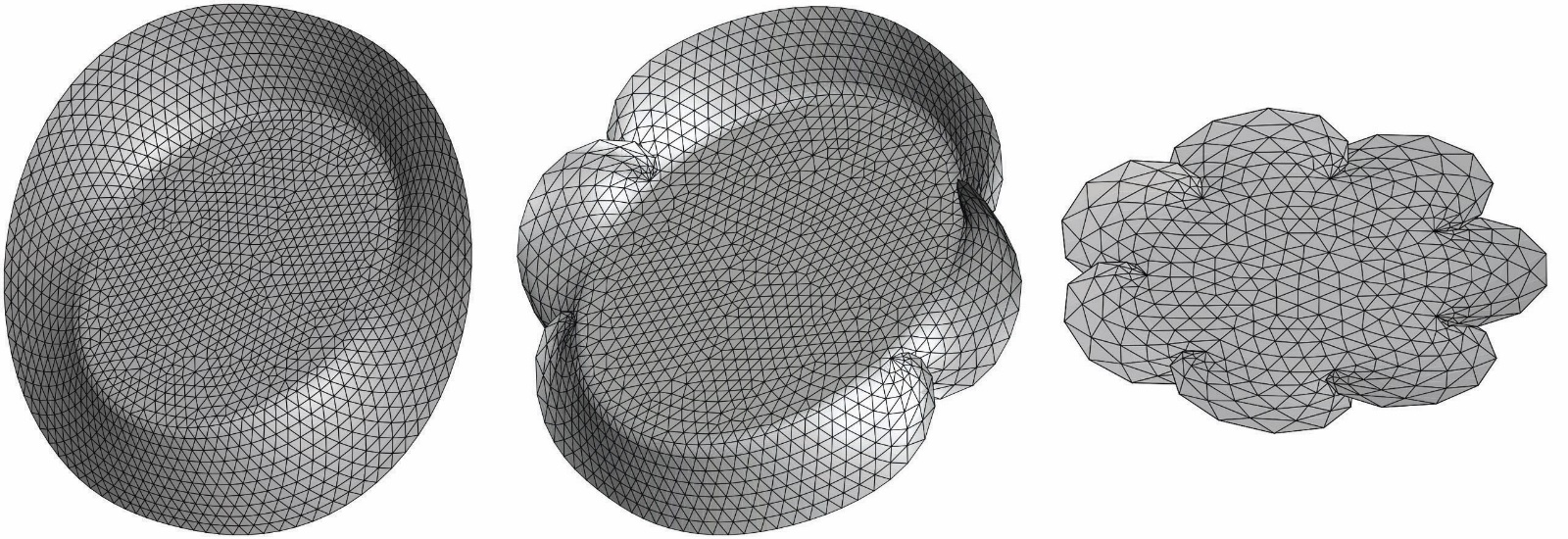Predicting the complex propagation of 3D fractures
Published 06 February, 2024
Fracture propagation is ubiquitous in nature across different temporal and spatial scales. Examples include the breaking of a vase, fatigue cracks in machine parts, and scars left by strong earthquakes. Understanding 3D fracture propagation is challenging due to its rapid occurrence and complex fracture shapes.
In a study published in the KeAi journal Rock Mechanics Bulletin, a duo of researchers from the University of Hong Kong and Massachusetts Institute of Technology (MIT) developed an advanced algorithm to simulate 3D fracture propagation under complex loading conditions, paving the way for better understanding and control of fracture propagation.
“The crux of understanding 3D fracture propagation is to unravel how fracture geometry responds to the far-field loading,” explained Xin Cui, a postdoctoral associate at MIT and co-author of the study. “By leveraging fracture mechanics knowledge, we are able to convert far-field loading to near-fracture-front stresses, which play a leading role in determining the fracture shape. However, the twisted 3D geometry of fractures poses great challenges for numerical simulators.”
To tackle this problem, the researchers applied fracture mechanics to their open-source code DDFS3D. Cui explains that “DDFS3D excels at capturing complex 3D geometry with triangular elements and accurately calculating the stress field near the fracture front. This enables us to precisely locate the position of every bit of new fracture surfaces and reconstruct the entire fracture shape after propagation.”
According to lead author Louis Wong, a Professor of Engineering Geology at the University of Hong Kong, this is a breakthrough in the rock mechanics field. “Fracture significantly influences the strength of brittle materials. The significance of this study lies not only in understanding how fracture geometry responds to loading but also in providing insights on how to control the fracture development,” said Wong. “In many engineering applications, such as hydraulic fracturing, the orientation of fractures has to be carefully designed to enhance productivity and reduce potential risks. The technology developed in this study facilitates achieving such goals.”

Image: Different fracture shapes captured by the new algorithm: the authors
Contact author details: Xin Cui, Department of Earth, Atmospheric and Planetary Sciences, MIT, Cambridge, MA, USA. lxincui@mit.edu
Funder: The authors acknowledge the support from National Natural Science Foundation of China under grant No. 41877217, General Research Fund of the Research Grants Council (Hong Kong) under grant No. 17200721 and Natural Science Foundation of Guangdong Province under grant No. 2019A1515010999.
Conflict of interest: The authors declare that they have no known competing financial interests or personal relationships that could have appeared to influence the work reported in this paper.
See the article: Wong, L. N. Y., & Cui, X. (2023). Simulation of 3D fracture propagation under I-II-III mixed-mode loading. Rock Mechanics Bulletin, 2(4), 100082, https://doi.org/10.1016/j.rockmb.2023.100082.